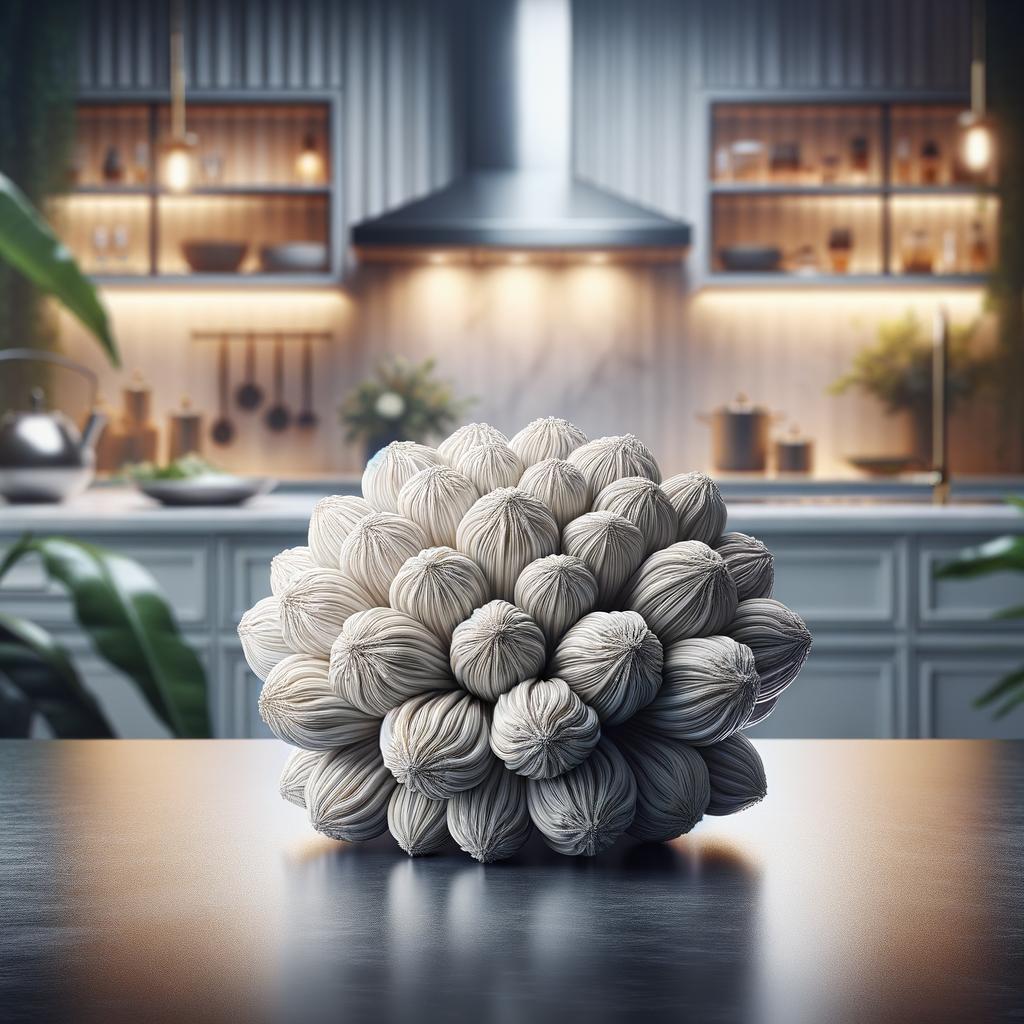Waterblommetjies

Waterblommetjies
Description
Waterblommetjies, also known as Cape Pondweed, Cape Hawthorn, or simply as water flowers, are a unique aquatic plant native to the Western Cape of South Africa. The plant produces small, delicate flowers that are soft to the touch and a lovely shade of white with a hint of pink. The taste is somewhat akin to green beans, but with a slightly sweeter, floral note that makes them quite distinctive. The texture is soft and slightly crunchy, offering a delightful contrast when cooked. What sets waterblommetjies apart from similar ingredients like water lilies or lotus is their unique flavor profile and their ability to thrive in the harsh, saline conditions of the Cape's water bodies.
Primary Uses
Waterblommetjies are primarily used in cooking, most notably in the traditional South African stew known as Waterblommetjiebredie. This hearty dish often includes lamb, and the waterblommetjies provide a fresh, green counterpoint to the rich meat. They can also be pickled, stir-fried, or used in soups. The flowers are a key component in many South African cuisines, adding a touch of local flavor and authenticity. Beyond their culinary uses, waterblommetjies also have a place in home remedies, used to treat ailments like diarrhea and dysentery.
History
Waterblommetjies have a rich history that dates back to the indigenous Khoi people of South Africa, who introduced the plant to the Dutch settlers in the 17th century. The settlers quickly adopted this versatile ingredient, and it has been a staple in South African cuisine ever since. The harvesting of waterblommetjies is a seasonal affair, making it a much-anticipated event that brings communities together. There is a romantic tale of a young Khoi girl who fell in love with the moon and cried into the ponds where waterblommetjies grew. Her tears are said to have given the plant its unique flavor.
Nutritional Information
Waterblommetjies are not only delicious but also nutritious. They are a good source of Vitamin C and dietary fiber, making them an excellent addition to any balanced diet. They also contain a significant amount of iron, which is essential for the production of red blood cells. While not as protein-rich as traditional legumes, waterblommetjies offer a unique combination of nutrients compared to other aquatic plants. Consuming waterblommetjies can support immune function, promote digestive health, and contribute to overall wellbeing. However, as with any food, they should be consumed as part of a varied and balanced diet.

